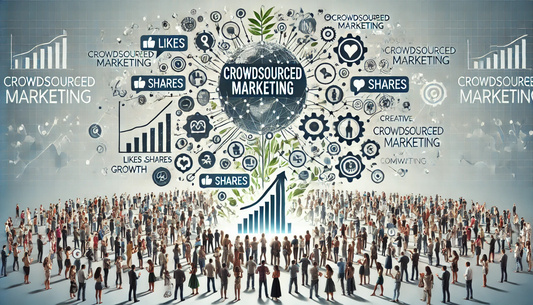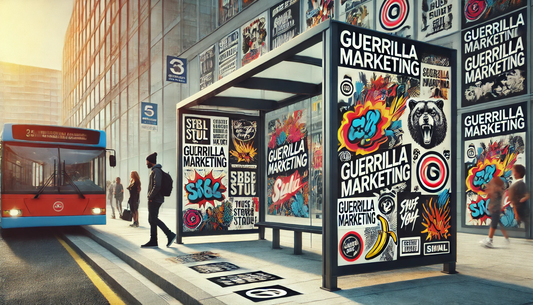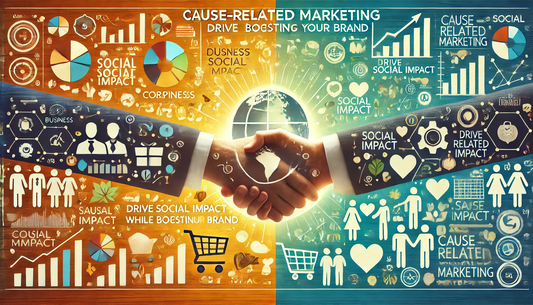🎈 Introduction to Experiential Marketing 🎈
Experiential marketing is all about creating live, immersive experiences that allow your audience to interact with your brand. 💥 It goes beyond traditional advertising by providing memorable, hands-on opportunities to connect with customers. 🌟
For startups, it can be a game-changer, especially when resources are tight. This strategy allows you to stand out in a crowded market, build emotional connections, and engage with potential customers on a deeper level. 💼💖
Experiential marketing doesn’t require massive budgets but thrives on creativity and innovation. It’s more about the experience than the spend, making it an excellent choice for young companies looking to make a big impact without blowing their budget. 💡
🌟 Top 10 Real-Life Examples of Experiential Marketing Success 🌟
- Airbnb’s 'Night At' Campaign: Offered unique stays in famous locations, boosting brand visibility. 🏛️
- Red Bull Stratos Jump: Staged the world’s highest skydive, aligning with their extreme sports image. 🪂
- WeWork Pop-Up Spaces: Created temporary coworking spots to let users experience the brand. 🏢
- IKEA’s Sleepover Event: Invited fans to stay overnight in-store for a unique brand interaction. 🛏️
- Samsung’s VR Roller Coaster: Integrated VR with real roller coasters to showcase their tech. 🎢
- Converse Rubber Tracks: Offered free studio recording sessions to support musicians. 🎸
- Google Home Mini Donut Shop: A pop-up donut shop where visitors received free donuts and Google Home Minis. 🍩
- Lululemon’s Sweatlife Festival: Organized fitness events to connect with their active community. 🏋️
- Smirnoff’s “Nightlife Exchange Project”: Created unique events worldwide, swapping nightlife cultures. 🌍
- Nike’s House of Innovation: A multi-level store with custom shoe designs and interactive tech. 👟
📈 How Experiential Marketing Works 📈
Experiential marketing works by immersing potential customers in memorable experiences, often leading to stronger brand loyalty and greater visibility. 💖
For startups, the key is to leverage these experiences to generate buzz and build credibility. Think pop-up events, interactive installations, or live demonstrations. 🎬
By giving customers a unique and interactive experience, you create lasting impressions and encourage them to spread the word. 🌎 This strategy can be highly shareable, especially on social media, giving you organic exposure without the high costs of traditional advertising. 📲
🚀 Benefits for Startups 🚀
- 💸 Lower Costs: Compared to other marketing strategies, experiential marketing can be more affordable and thrives on creativity over budget.
- 🌍 Access to a Larger Audience: Well-executed events or experiences can attract a lot of attention, both online and offline, as customers share their experiences.
- 🤝 Credibility Through Association: Partnering with established brands can boost credibility and help you reach their audience too.
⚠️ Challenges and How to Overcome Them ⚠️
- Brand Alignment: Ensure that the experience you create reflects your brand’s values to build an authentic connection. 🌟
- Choosing the Right Partner: Collaborate with brands or influencers that align with your brand’s ethos and can help amplify your message. 👫
- Positioning Effectively: Define your target audience clearly to create experiences that resonate specifically with them. 🎯
📋 Step-by-Step Guide to Implementing Experiential Marketing 📋
- Identify Your Audience: Know exactly who your target market is and what kind of experience they would appreciate. 🔍
- Set Clear Objectives: Decide what you want to achieve with the campaign, like brand awareness or customer engagement. 📈
- Create a Memorable Experience: Keep it creative, shareable, and aligned with your brand’s values. 🎉
- Partner With the Right Collaborators: Work with other brands or influencers to boost reach and credibility. 🤝
- Promote the Event: Use social media, email, and other channels to spread the word before the experience. 📣
- Capture and Share: Document the event through photos and videos and share them across platforms to maximize post-event exposure. 📸
💡 Tips for Maximizing Results 💡
- Leverage User-Generated Content: Encourage attendees to share their experiences on social media for organic reach. 📱
- Integrate Technology: Use tools like VR, AR, or mobile apps to enhance the customer experience. 📲
- Follow Up: Engage with participants post-event through email or social media to convert them into loyal customers. 📧
- Measure Success: Track metrics like social engagement, event attendance, and leads to evaluate the effectiveness. 📊
🎯 Conclusion 🎯
Experiential marketing is a powerful tool that can help startups engage audiences in memorable, meaningful ways without needing massive budgets. 🌍
By offering immersive, hands-on experiences, startups can build brand loyalty, generate buzz, and create lasting impressions that lead to real growth. 🌱 Start thinking about how your brand can create impactful experiences that your audience will remember and talk about. 🎉🚀










